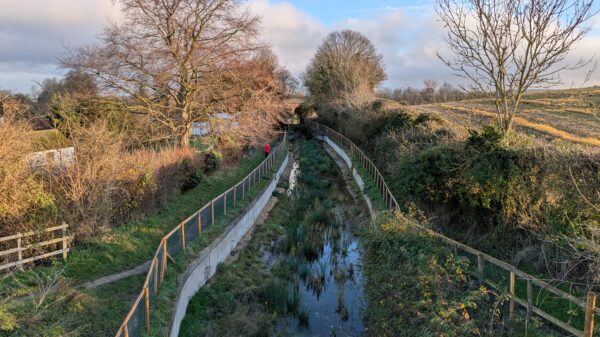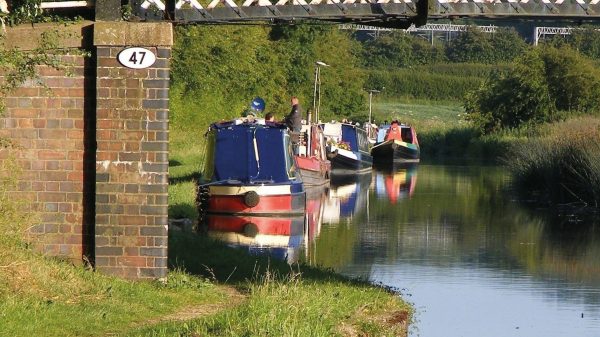Want to take your bike along the towpath but not sure where to start? Dedicated volunteer and cycling enthusiast Richard Worthington has put together information and advice to help get you cycling along the canals.
Towpath
Checking out the state of the towpath beforehand will give an idea of the sort of preparation you need. Some are just like a pavement, others a rough track or gravel path. Whilst they are generally flat (apart from where the are locks or tunnels), they can vary in width and surface along their length. A rougher track can contain ruts and potholes that could bounce you into the canal if taken at too high a speed. Very muddy towpaths can be slippery and dangerous.
Bike
You don’t need a serious off-road mountain bike for towpath use, anything other than racing bike should be fine.
Courtesy
Cyclists on a towpath need to take care if there are other people using it. Walkers, joggers, anglers and other cyclists are common (plus the occasional volunteer) and pedestrians have the right of way, so moderating your speed, giving way and using a bell are important. Read our Waterways Cycling Code.
Tyres
Hybrid tyres (flat in the middle, knobbly on the edges) or a thinner mountain tyre should do on most towpaths, giving a smooth ride on harder paths and enough grip on a rough one. Oversized offroad tyres are unnecessary and will probably churn up and damage the towpath, particularly if it’s been raining.
Mudguards
Mudguards will stop you getting covered in water and mud and can also protect the gears and brakes of your bike from getting clogged up.
Punctures
You can get a puncture anywhere but on a towpath they’re likely to be from thorny vegetation. There are a number of ways to help prevent them:
- Selfsealing inner tubes contain a glue which will seal small holes for a few pounds more than a standard tube
- Tyre liners go between the tube and tyre to add an extra layer for under £10
- Puncture resistant tyres offer the greatest overall protection for £15 and up
If you do get a puncture, the quickest way to fix it is to carry a spare tube and patch the punctured one when you get home. Obviously a pump is essential and the tools to do the work. Carefully check the tyre to make sure there isn’t anything still stuck in it to cause another puncture.
Repairs
In addition to a puncture repair kit or tube, a small cycling multitool can mean the difference between cycling and walking home. If you are going for a longer ride additional tools can be useful, but this needs considering against weight and space.
Find out more about cycling near the waterways, including cycle routes and our Waterways Cycling Code.

























